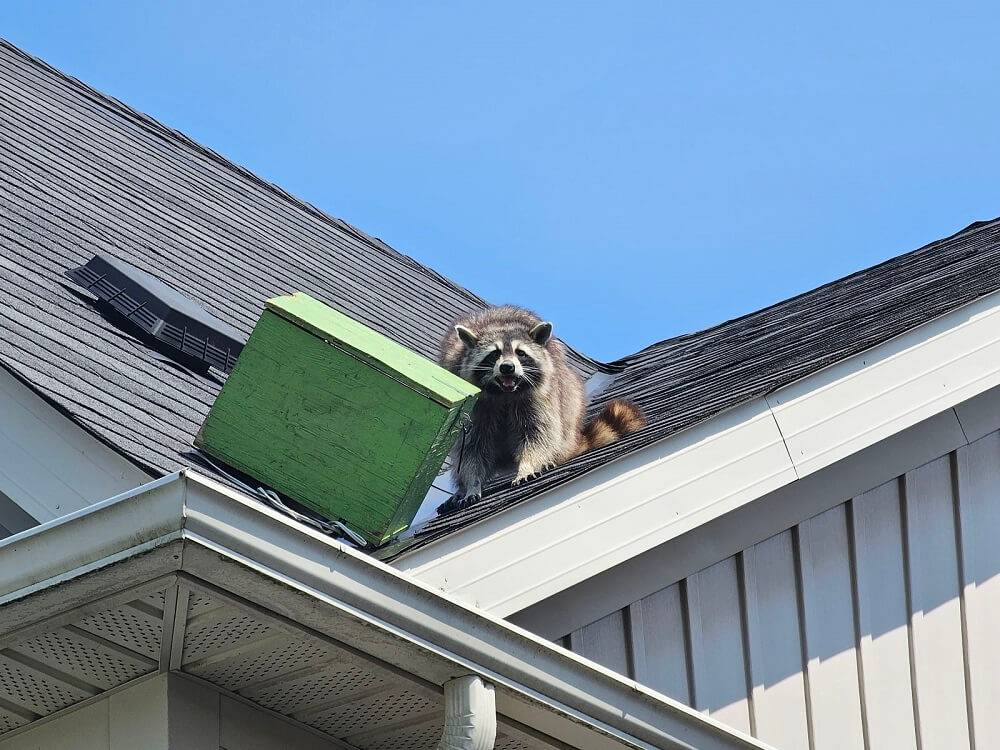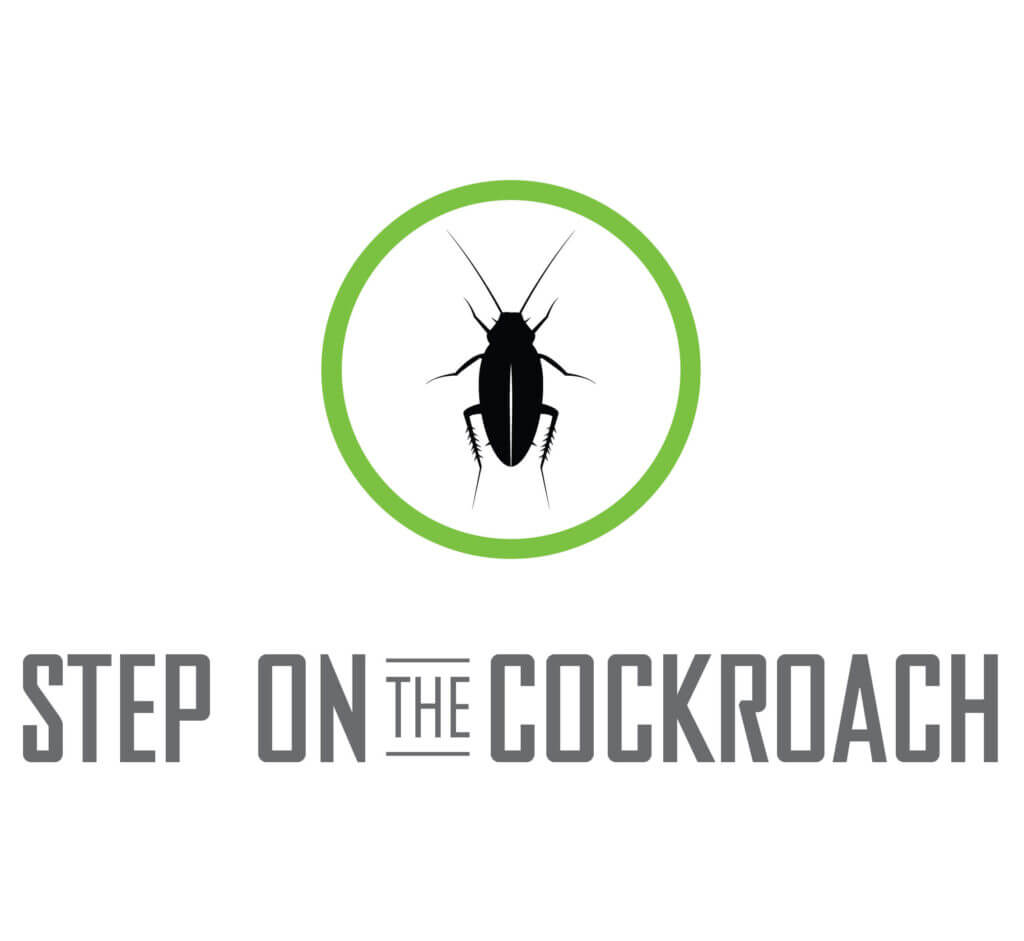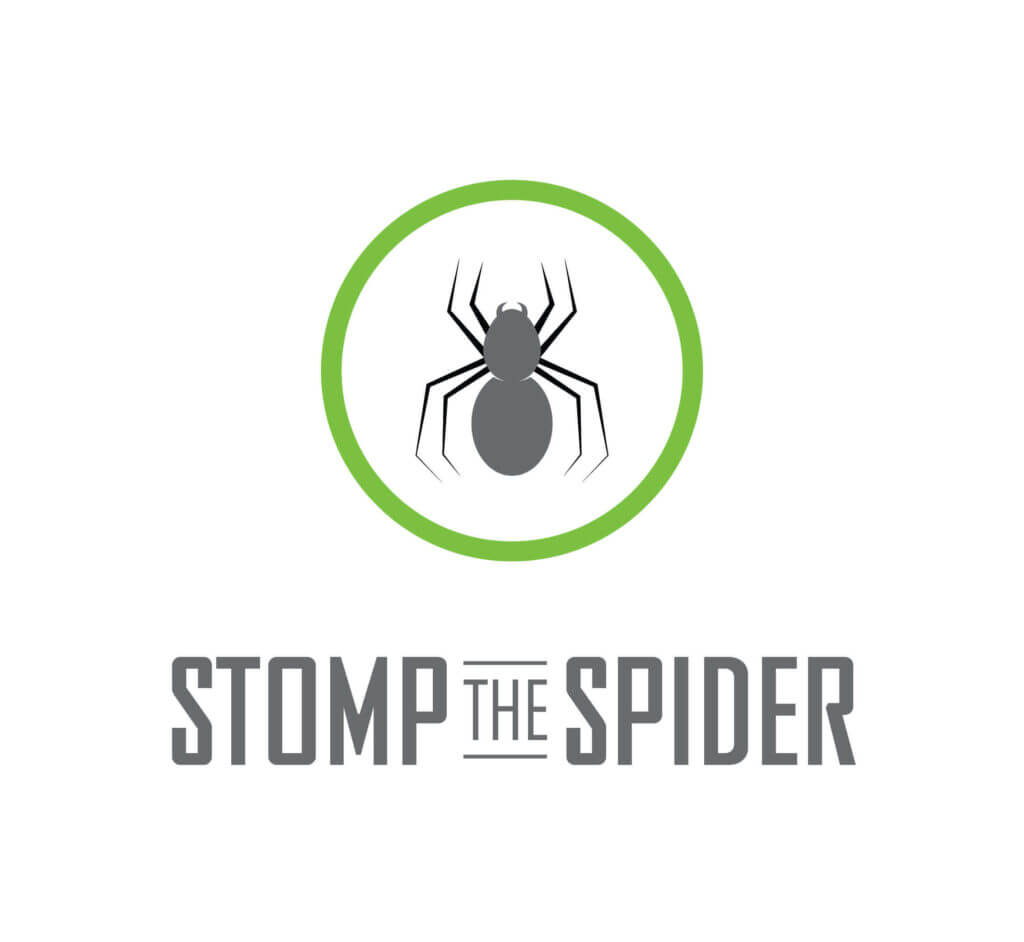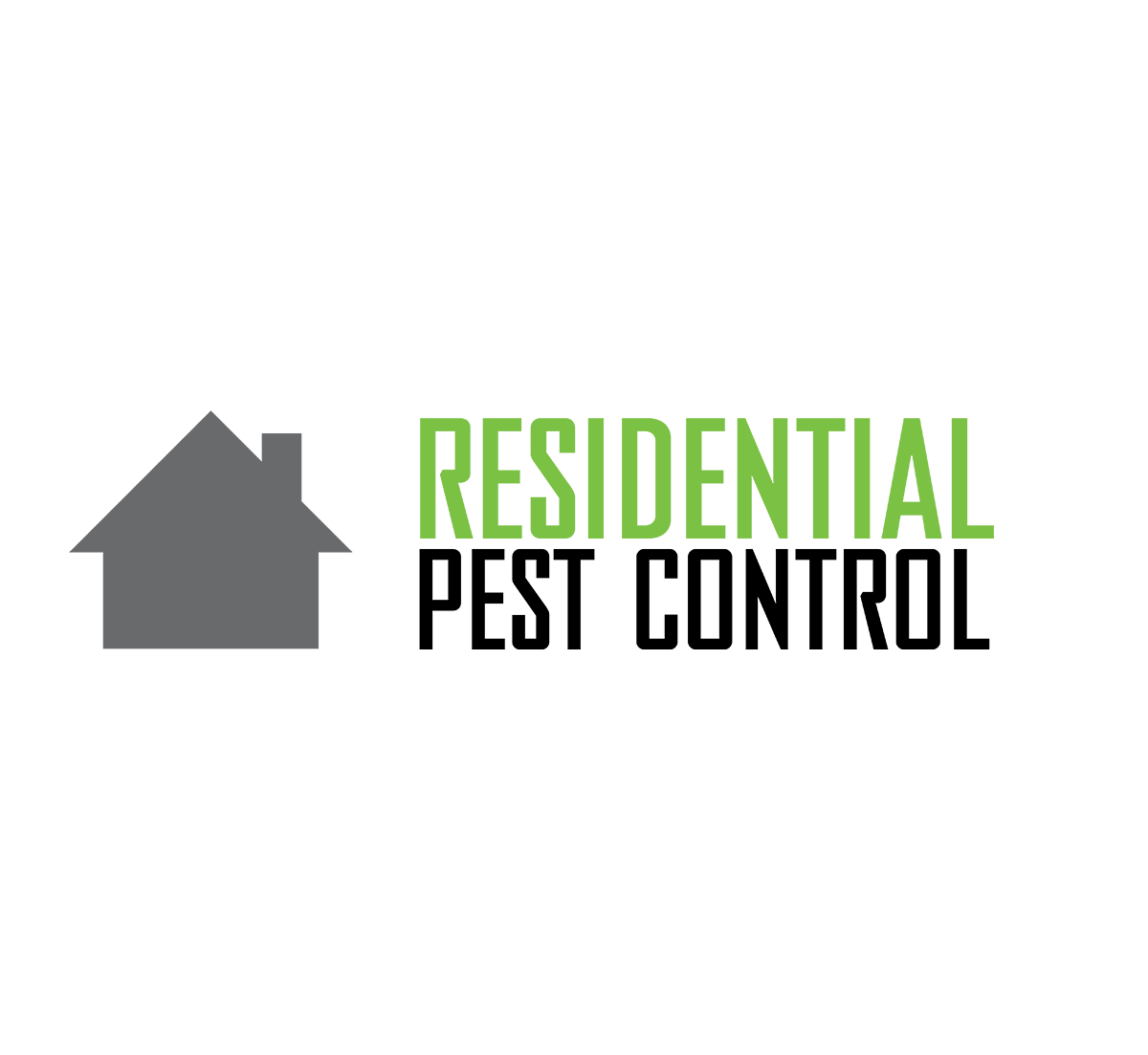Our team excels in safely and humanely removing and permanently excluding any animal that seeks shelter in your residence. Trust us to safeguard your home and bid farewell to unwanted housemates. For long term solutions, choose Skedaddle Humane Wildlife Control for all your wildlife control necessities.
Did you know that Hennepin County, Minnesota is home to a wide variety of wildlife? From majestic deer to adorable squirrels, this community has some of the most diverse ecosystems in the region.
However, while most homeowners love these furry friends from afar, sometimes they can unwittingly find their way into our homes. This is where Skedaddle Humane Wildlife Control services come in. With our expert wildlife removal services in Hennepin County, you can be rest assured that any creature seeking refuge in your home will be humanely and safely removed and excluded.
After all, living harmoniously with our wild neighbors is not only essential for their survival but also for our well-being. When wild animals get inside your house despite your best efforts to keep them out, you need to remove them quickly, but trying to get rid of them yourself often causes unnecessary harm and distress.
Skedaddle Humane Wildlife Control uses humane tactics for wildlife control in Minnesota and helps you live peacefully with all wildlife. Knowing which types of animals you may encounter helps you protect your home and keep a furry roommate from moving in.
Life in Hennepin County
Hennepin County, Minnesota, is one of the most densely populated counties in the whole United States! Minneapolis is the county seat and accounts for the vast majority of the population. The beautiful region also contains many natural spaces and forested areas that offer plenty of outdoor recreation opportunities.
With such a dense population and a continually growing infrastructure, local wildlife are pushed closer and closer into residential and commercial spaces in Hennepin County. Rather than nest in many of the natural spaces the areas have to offer, such as Elm Creek Park Reserve, many species of wildlife have successfully adapted to find food and shelter sources in the new and old urban spaces. Home and business owners in Hennepin County face nuisance wildlife on their property every year.
The county was officially established in 1852 and proudly bears the name of the renowned 17th-century explorer, Louis Hennepin. It was his captivating discovery of the area that sparked intrigue and set the foundation for the region’s remarkable history. Notably, Hennepin bestowed the name “St Anthony Falls” upon the awe-inspiring waterfall, which later became the vibrant heart and focal point of Minneapolis when the city was first established. The immense significance of Hennepin’s explorations continues to resonate through the rich tapestry of the county’s heritage.
Today, Hennepin County, located in the picturesque state of Minnesota, is widely recognized for its thriving lumber industry. Nestled amidst the breathtaking natural beauty of the region, the county’s lumber industry plays a crucial role in supporting the local economy and providing sustainable resources.
The county’s largest cities and towns, including:
- Minneapolis
- Eden Prairie
- Plymouth
- Brooklyn Park
- Minnetonka
- Maple Grove
Common Wildlife in Hennepin County
Hennepin County has many forested areas, making it an ideal environment for many types of wildlife. If you live in the area, you may see coyotes exploring your property, moose frolicking in your front yard or black bears wandering across the region. However, most types of wild animals you may interact with are smaller and less dangerous.
Raccoons, bats, squirrels and skunks also thrive in the area. These smaller animals often enter homes in search of food and shelter, especially during the winter months. Learning to coexist with these animals is important because they each play an important role in the ecosystem, but making your home a less appealing environment Is a good way to deter them without causing harm to the creatures.
Hennepin County is scattered with lakes and parks that provide many of the natural resources that wildlife species need to survive. Animals like raccoons and skunks will live in close proximity to a reliable water source. Every community in Hennepin County provides all the necessary ingredients for survival for wildlife, which makes every home a possible nesting location for a determined animal.

Wildlife Control in Hennepin County
While you may enjoy having various types of wildlife around your property, you do not want to share your home with wild animals. Some creatures can get aggressive if they feel threatened, and others are notorious for spreading dangerous diseases through their bites and feces. Getting animals out of your home quickly should always be a top priority to preserve the health of you and your family, but DIY removal tactics are often ineffective.
How We Approach Wildlife Removal
At Skedaddle Humane Wildlife Control, we believe in solving the animal issue rather than offering a temporary solution. Trapping and removing the creatures doesn’t prevent them from returning, and relocating them often does more harm than good. We use humane tactics that include exclusion practices to convince wildlife to move out of your house and keep them from returning in the future.
Our removal process begins by identifying which wild animals have taken up residence inside your house. We also need to know how many animals are present and if there are any babies involved. This information impacts our strategy because we never want to separate a mother from her babies for too long and cause the animals unnecessary distress.
We quickly identify points of entry and block them so the creatures can’t get back inside. If we found animal babies inside your house during our initial search, we placed them in a padded reunification box on the exterior of the home where they can reunite with their mother safely.
The next step in the removal process is to clean your home thoroughly and remove all traces of animal feces to minimize the risk of getting sick. Our technicians will decontaminate every area that an animal was nesting on the interior or exterior of a home.
The last step of our process involved securing every entry point on your home with high-quality materials that will permanently exclude the animals on your property and any other animals in the future, from finding their way inside your home.
Schedule an Appointment Today for Wildlife Removal in Hennepin County
Do you need wildlife removal in Hennepin County? Look no further! Skedaddle Humane Wildlife Control is at your service. Our expertise lies in safely and humanely removing wildlife, fostering peaceful coexistence between you and our furry friends. From raccoons to mice to bats, we’ve got it covered. Book an appointment with us today and we’ll take care of your wildlife removal needs. Reach out to us now to get started!
Hennepin County, Did You Know?
Can I feed Hennepin County wildlife?
There are deer feeding and attractant bans in place across the state of Minnesota in order to stop the spread of chronic wasting disease. Populations of wild deer are plummeting due to the increasing spread of the disease across North America.
Does the City of Minneapolis remove nuisance wildlife?
The City of Minneapolis will not remove nuisance of deceased wildlife from a home or business. This means that all wildlife removals are the responsibility of the property owner.
Does Skedaddle offer a guarantee on their service?
Yes, we’re proud to offer all of our clients a lifetime guarantee on the workmanship and materials we supply and install to permanently keep wildlife out of your home.
Are there rabid animals in Hennepin County?
Yes there are many species of rabid animals in Hennepin County. The Minnesota Department of Health reports that skunks are the most common transmitter of rabies to domestic animals in the state. However, any mammal has the potential to carry and transmit rabies. It is important to always maintain distance from wildlife to keep yourselves and the animals safe.

















